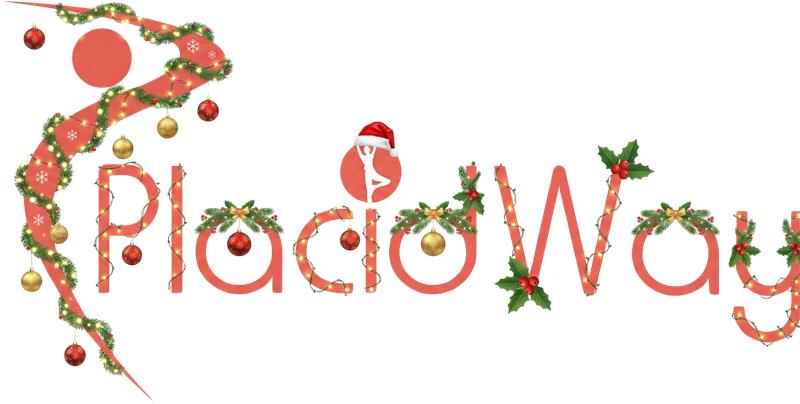Best Countries for Affordable Stem Cell Therapy

Understanding the potential financial commitment involved in stem cell therapy for Lyme disease is crucial for making informed decisions about your healthcare journey. The price isn't a fixed figure; instead, it varies significantly based on numerous factors, from the specific clinic and country where the treatment is administered to the type of stem cells used and the number of sessions required.
What is the average cost of stem cell therapy for Lyme disease?
This broad range accounts for significant differences in clinic locations, the origin and processing of stem cells, the expertise of the medical team, and the specific needs of the patient. Some advanced or more intensive protocols, particularly those involving multiple infusions or complex preparation methods, might push the total cost into the $30,000 range or even higher for a full course of treatment.
Does insurance cover stem cell therapy for Lyme disease?
The primary reason for this lack of coverage is that, despite promising research and anecdotal evidence, stem cell therapy for Lyme disease is still largely classified as "experimental" or "investigational" by mainstream medical organizations and, consequently, by insurance providers.
What types of stem cells are used in Lyme disease therapy, and do they affect cost?
The choice of stem cell type is a significant aspect of stem cell therapy for Lyme disease and can indeed influence the overall cost. Different sources require varying methods of harvesting, processing, and culturing, which directly impact laboratory fees and the expertise required.
Where can I find clinics offering stem cell therapy for Lyme disease, and do locations affect cost?
Finding clinics that offer stem cell therapy for Lyme disease often requires looking beyond conventional medical centers in countries with strict regulatory environments. Many clinics specializing in regenerative medicine for complex chronic conditions operate in locations where regulations permit broader applications of stem cell therapies. Common locations for such clinics include:
- Mexico: Known for advanced regenerative medicine clinics, often offering treatments at a lower cost than in the United States, with many facilities catering specifically to international patients.
- Panama: Another popular destination for stem cell therapies, particularly for conditions like Lyme disease, due to its progressive regulatory framework and specialized clinics.
- Germany and Switzerland: Some European clinics, particularly in Germany and Switzerland, have a long history of integrative medicine and offer advanced biological treatments, including stem cell therapies. These can be more expensive than clinics in Central or South America but are highly regarded.
- Caribbean Nations (e.g., Grand Cayman, Bahamas): These locations sometimes host advanced clinics offering similar treatments, often attracting patients seeking high-quality care in a medical tourism setting.
- United States (Limited): Within the U.S., stem cell therapy for Lyme disease is generally not offered in the same way as in other countries, due to strict FDA regulations. Clinics that do offer it typically focus on procedures using a patient's own minimally manipulated cells for homologous use (i.e., treating a condition that falls within the normal function of the tissue), which can significantly limit options for Lyme disease. Prices within the U.S. tend to be higher due to operational costs and regulatory overhead.


.png)









Share this listing